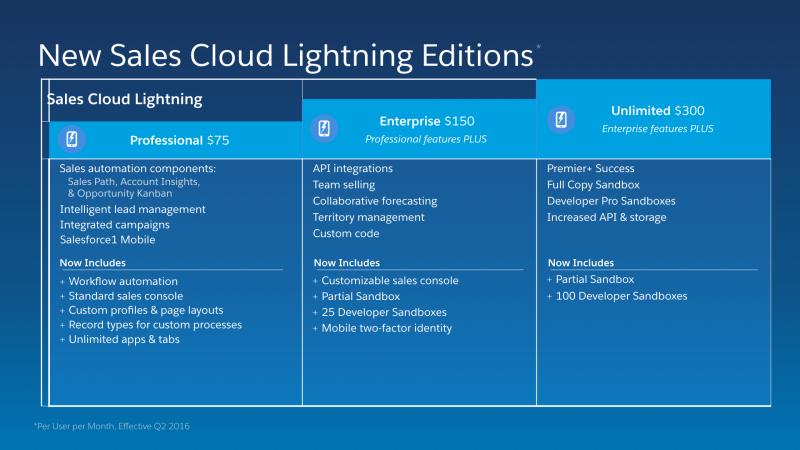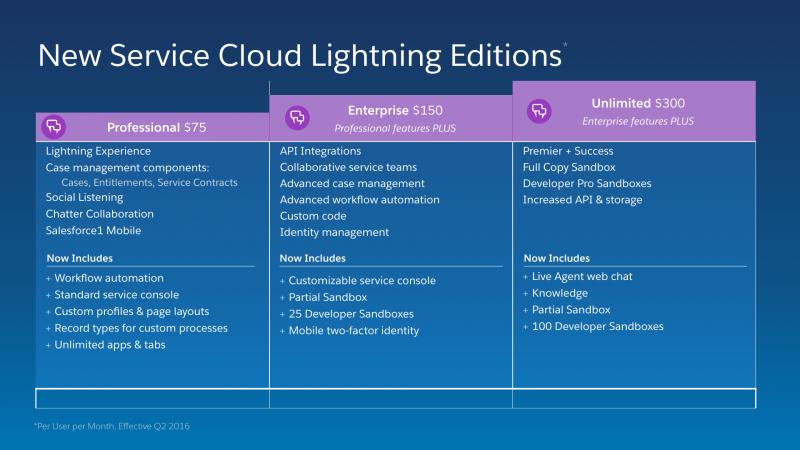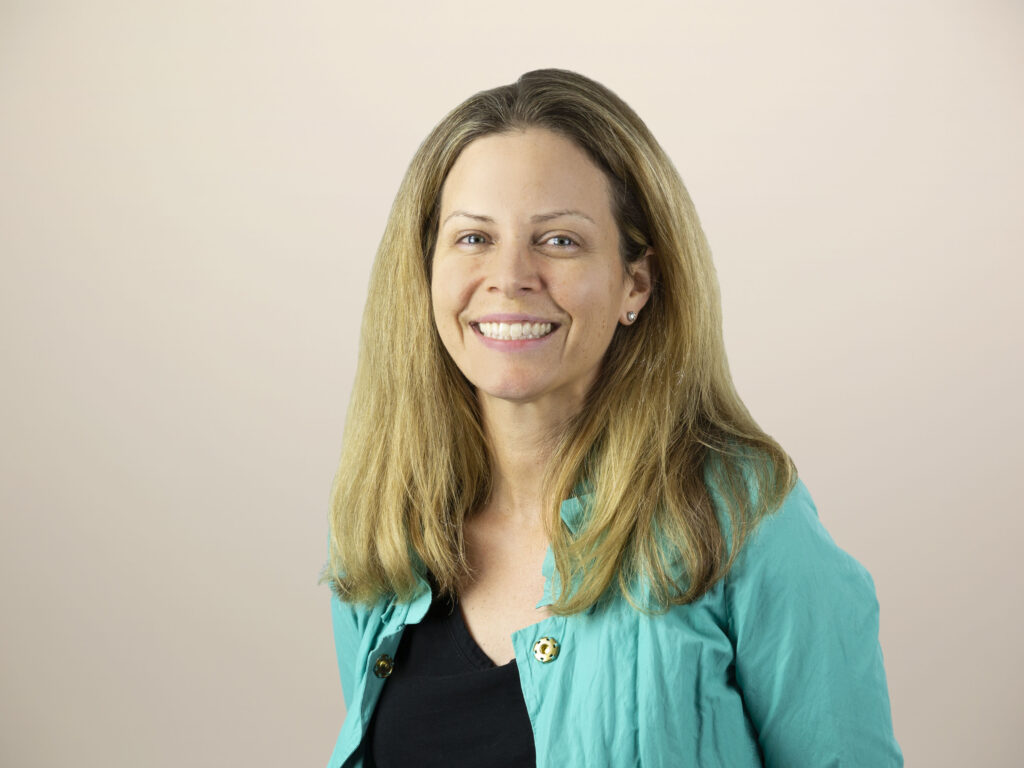Salesforce Announces New Pricing And Packaging — What It Means To You
After more than a decade of keeping its published pricing largely unchanged, Salesforce today announced new pricing and packaging for its core products.
What you need to know:
- Pricing will go up for core editions. New Sales and Service Cloud Lightning Editions will come in three flavors: Professional Edition (PE) — $75; Enterprise Edition (EE) — $150; Unlimited Edition (UE) — $300. The pricing will now be identical for Sales and Service subscriptions. (Previously, Sales Cloud was cheaper than Service Cloud and was a subset of the functionality that came with Service Cloud. More on the functionality implications below.)
- The new “Lightning” packaging comes with enhanced functionality. PE adds Workflow, Console Light, Profiles, Record Types, Unlimited Apps & Tabs. EE adds Full Console, more Sandboxes, two-factor mobile identity, Unlimited Apps & Tabs. UE has more Sandboxes than before. You can see the announced pricing and packaging for all editions in the graphics below.
- The “Russian doll” model will go away. In the past, Salesforce packaging was analogous to Russian dolls: Service Cloud encapsulated Sales Cloud, which encapsulated Force, which encapsulated Chatter. The new packaging breaks this model and means that a Service Cloud buyer will no longer get full access to Sales Cloud. Instead, there will be a bundled price for customers who choose to buy Sales and Service Cloud seats together. Both Sales and Service Cloud will still come with Force and Chatter.


WHAT IT MEANS TO YOU
Salesforce’s take: The software-as-a-service (SaaS) behemoth believes this new pricing and packaging will simplify the ever-growing product set and better align pricing to the reality of what buyers are consuming. This is the first real change the vendor has made to core edition pricing since its inception in the late 1990s, and the vendor believes it is time for a change.
Forrester’s take: Any way you cut it, the new Salesforce pricing comes across as an increase across core modules — which will likely frustrate many Salesforce customers who have already seen price hikes and who are spending millions annually on this disruptive, next-generation business platform focused on helping companies become customer-obsessed. But before too much backlash ensues, here are three key points to keep in mind:
- Salesforce’s new pricing is not a straight increase for apples-to-apples capabilities. Salesforce is offering better capabilities in each of the editions. (Existing customers will get these better capabilities, too.)
- New customers and existing customers who want to buy new modules still have a few months to get “classic” pricing (until Q2 2016).
- Those who already have yesterday’s solutions are grandfathered in to the old pricing, but they will automatically get the new features.
So, what should you do about it? Our key recommendations are:
- Do your homework. We still too often see clients who have not done enough analysis to understand what package (Professional, Enterprise, Unlimited) aligns to their needs. Often, the business is off and running without having a full understanding of its needs.
- Don’t buy more than you need. Though the grandfather clause may create interest in proactively buying solutions without being sure if you will use them, we advise against this. While some might make out well, this type of behavior is reminiscent of the shelfware disasters we lived through in the 1990s and early 2000s.
- Lock in before the deadline. If you are ready to buy now and happy with yesterday’s pricing and packaging, get your ducks in a row so you can buy before the deadline. This is a no-brainer. For core Sales and Service modules that you know you want to buy in 2016, lock in to gain immediate cost-savings benefits. This will also grandfather you in to the old (cheaper) pricing.
We welcome your comments and thoughts on this change and what it means to you. And, if you’d like to hear more negotiation ideas and tactics relating to Salesforce, please get in touch.
Also follow me on Twitter @lizherbert or email me at eherbert@forrester.com.
Liz
